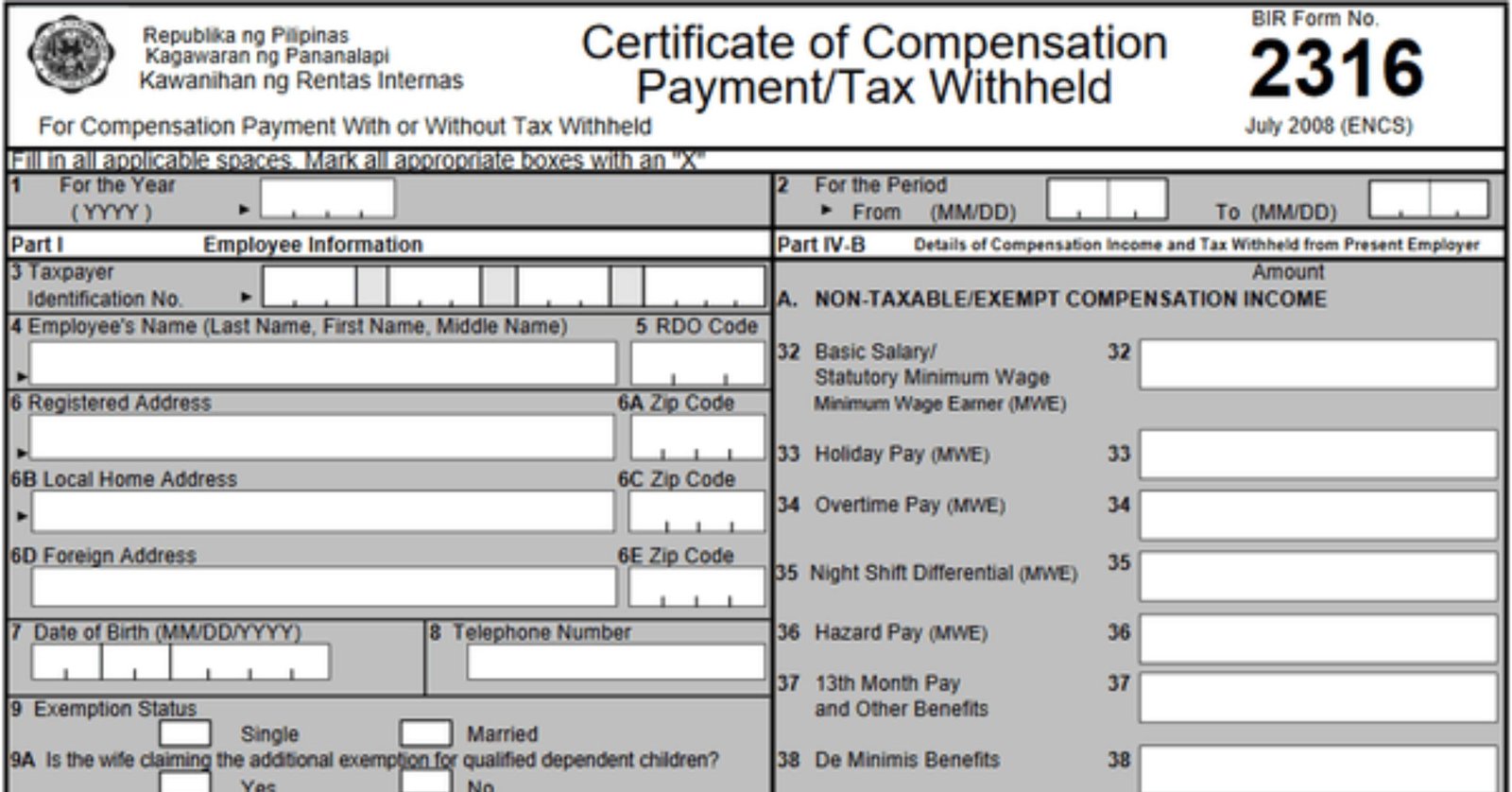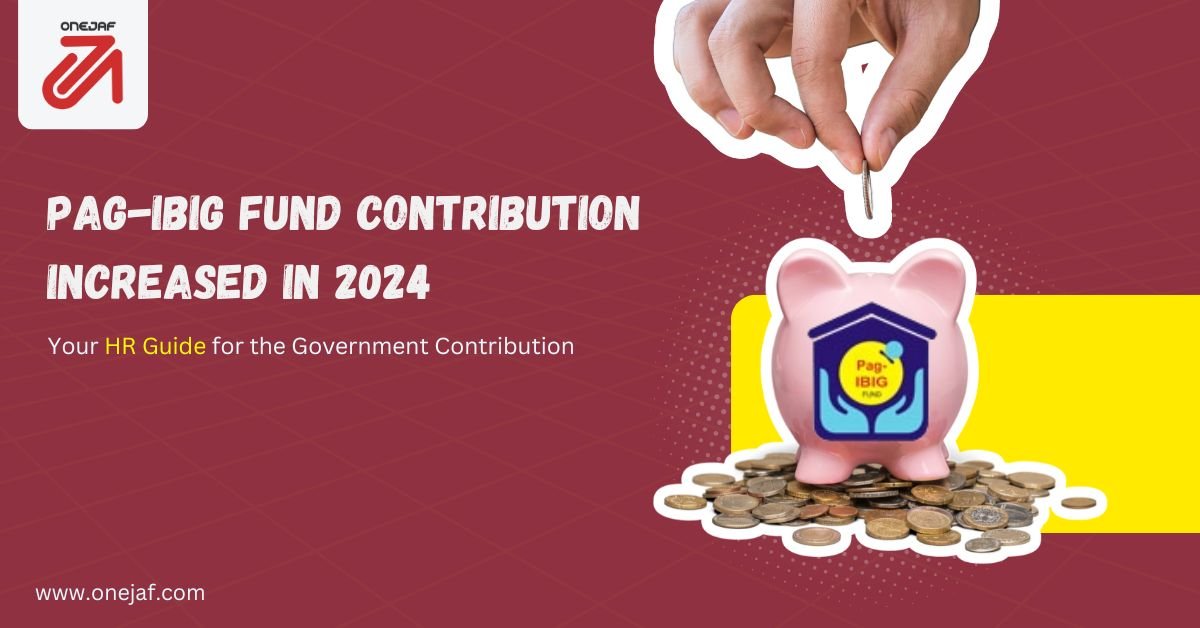MANILA, Philippines — On January 12, 2024, the Philippine Health Insurance Corporation (PhilHealth) confirmed its decision to implement the scheduled increase in member contributions. Starting this year, the premium rate will rise from the current 4% to 5% (See Philhealth Premium rate soars to 50% in Philstar Report), in line with the government’s plan under the Universal Health Care Act (Republic Act No. 11223). Additionally, the maximum monthly salary ceiling for contributions will also be adjusted from ₱80,000 to ₱100,000.
This adjustment is part of the phased increase outlined by the Universal Health Care Act, which was passed under the administration of President Rodrigo Duterte in 2019. The law mandates that the contribution rate will gradually rise to 5% in 2024 and remain at this rate until 2025.
With these changes, businesses will need to prepare their payroll systems to accommodate the new PhilHealth premium rates.
Understanding PhilHealth Contributions and Premium Rates
What is a PhilHealth Contribution?
PhilHealth contributions are payments made by individuals and employers to the Philippine Health Insurance Corporation. These contributions fund a health insurance program designed to cover medical expenses for Filipinos. As per the law, most citizens are required to pay into PhilHealth either through salary deductions if employed or through voluntary contributions if self-employed or unemployed.
The goal of the program is to make healthcare more accessible to Filipinos and provide a safety net during medical emergencies or hospitalizations.
Types of PhilHealth Contributors
PhilHealth contributors are classified into two main categories: direct and indirect contributors.
1. Direct Contributors:
- Formally employed workers
- Kasambahays (household workers)
- Overseas Filipino Workers (OFWs)
- Self-employed individuals and professional practitioners
- Filipinos living abroad, including dual citizens
- Lifetime members (those who have made the required contributions)
- All Filipinos aged 21 and above who can afford to pay
2. Indirect Contributors:
- Indigents identified by the Department of Social Welfare and Development (DSWD)
- Senior citizens
- Beneficiaries of the Pantawid Pamilyang Pilipino Program (4Ps)
- Persons with Disabilities (PWDs)
- Previously identified individuals or those sponsored by local government units (LGUs)
- Sangguniang Kabataan (SK) officials
- Filipinos aged 21 and above who cannot afford direct payments
What is the PhilHealth Contribution Rate?
The contribution rate refers to the percentage of an individual’s salary that is deducted for their PhilHealth premium. Under the Universal Health Care Act, this rate has been gradually increasing each year since 2021. In 2024, the rate will increase to 5% and will remain at that rate until 2025.
Here’s a breakdown of the PhilHealth contribution rates from 2019 to 2024/2025:
Source: Philhealth.gov.ph
Check the contribution here: Philhealth.gov.ph
How to Compute Your Employee’s PhilHealth Contribution in 2024
To help you understand how the new contribution rate works, let’s look at an example:
Example:
Employee A earns a monthly salary of ₱50,000. To calculate their PhilHealth contribution at the new 5% rate:
Basic Salary x 5% = Monthly Premium
₱50,000 x 0.05 = ₱2,500php
This amount is split equally between the employer and the employee:
₱2,500 ÷ 2 = ₱1,250 each
So, for Employee A, both the employer and the employee will each contribute ₱625 per month to PhilHealth.
What Does the 5% Contribution Increase Mean for Employers?
The new 5% contribution rate will impact businesses in several ways:
Compliance with Regulations and Avoidance of Penalties:
Employers must ensure they comply with the updated PhilHealth regulations to avoid penalties. Incorrectly deducting or failing to remit the correct contributions can lead to fines and legal action. As per PhilHealth Circular 003-2015, fines can range from ₱5,000 to ₱10,000 per employee for non-compliance. Employers are also subject to interest on unpaid premiums and may face claims for reimbursements PhilHealth made on behalf of non-compliant companies.
Financial Planning and Budgeting:
The contribution increase will raise the overall cost of employment. Employers should account for this additional expense in their financial planning, possibly requiring adjustments to employee benefits packages or compensation structures to balance out the new costs.
Employee Communication and Relations:
Clear communication with employees about the contribution increase is essential. By explaining the changes and highlighting the long-term health benefits, employers can maintain positive relations and ensure employees appreciate the value of their health benefits.
Long-Term Health Benefits and Employee Welfare:
While the immediate financial impact may be felt, the increase in PhilHealth contributions is aimed at strengthening the country’s healthcare system. In the long run, a healthier workforce translates into fewer sick days, improved productivity, and a better overall work environment. The enhanced health coverage also supports employees during medical emergencies, offering peace of mind.
Payroll Processing Adjustments:
Employers will need to adjust their payroll systems to reflect the new 5% contribution rate. This may require recalculating monthly deductions and making necessary updates to payroll software. It is crucial to ensure that contributions are withheld and remitted accurately.
Frequently Asked Questions (FAQs)
Can My Family Get Benefits from My PhilHealth Membership?
Yes, your legal dependents — including your spouse, children under 21 (who are unmarried or unemployed), and parents over 60 — can benefit from your PhilHealth coverage.
What Benefits Does PhilHealth Offer?
PhilHealth covers various health services, from hospital stays and surgeries to outpatient care and maternity services. Be sure to check PhilHealth’s website for the most current benefit packages.
How Do I Update My Membership Information?
You can update your details by submitting a PhilHealth Member Registration Form (PMRF) at any PhilHealth office or through their online portal. Keeping your information updated is important, especially after changes in family status or employment.
How Do I Pay My PhilHealth Contributions?
Contributions can be paid through your employer (for those employed), directly at PhilHealth offices, via online payment channels, or through authorized collection agents.
Can Members Continue Paying Into PhilHealth After They Retire?
Yes, retirees who are at least 60 years old and have made at least 120 monthly contributions can continue their PhilHealth membership as lifetime members.

Ensure Compliance with the New 5% PhilHealth Rate with OneJAF Payroll
Adapting to the new 5% contribution rate in 2024 is crucial for businesses to ensure compliance and demonstrate support for employee health. This transition involves managing costs, updating communications, and adjusting payroll, but it also presents an opportunity to improve operations and enhance employee welfare.
Let OneJAF Payroll simplify this process for you. Our automated solution handles all PhilHealth computations and reporting based on the latest regulations, freeing you up to focus on growing your business and supporting your workforce.
Contact us today to stay compliant and ahead in 2024 with OneJAF Payroll.









